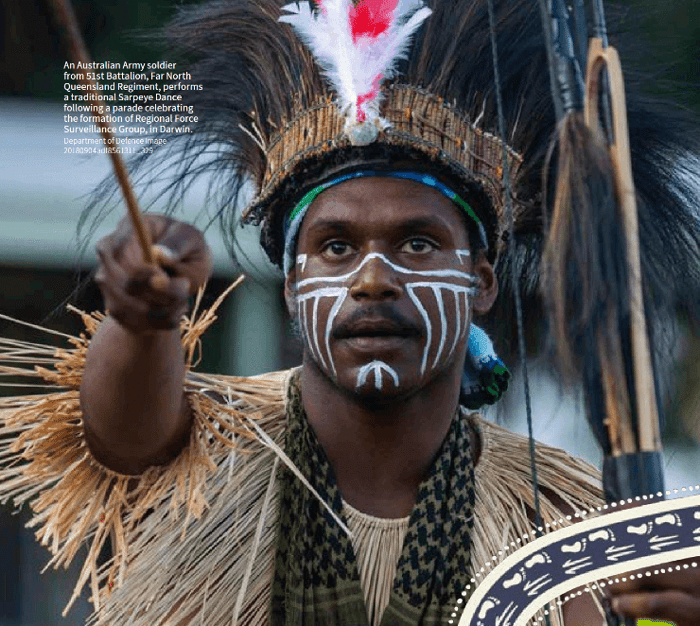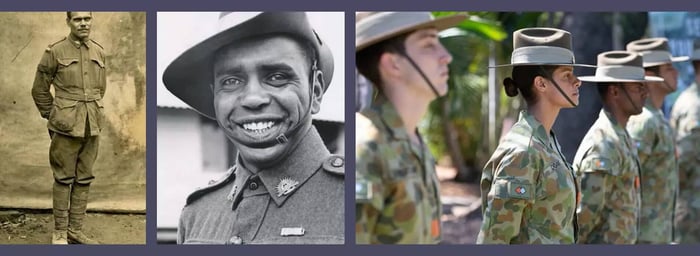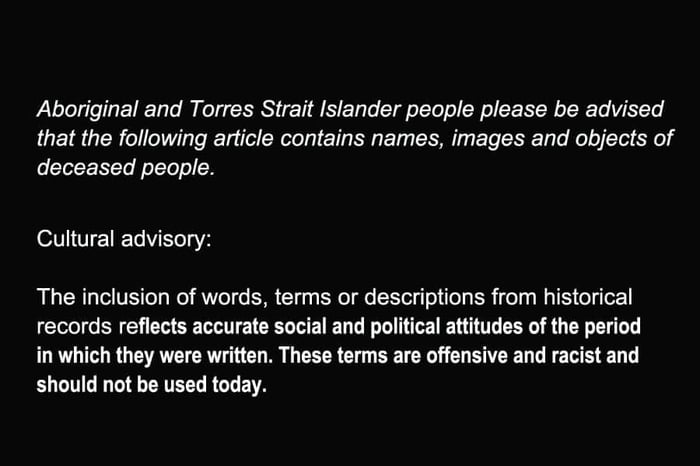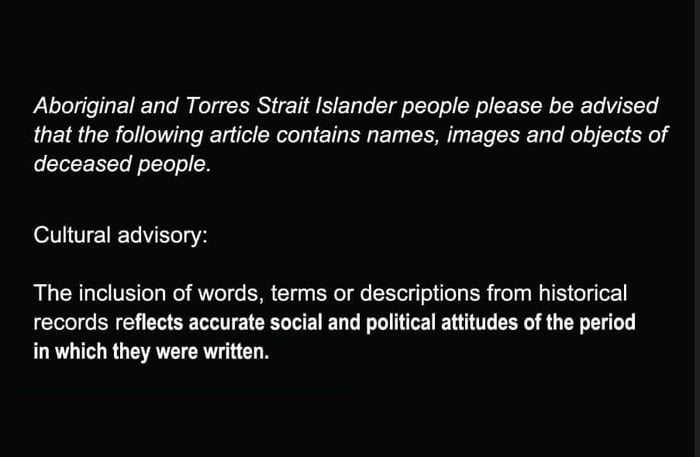
National Reconciliation Week 2025: Bridging Now to Next
National Reconciliation Week (NRW) is a significant time for reflection, education, and collective progress. It invites all Australians to better understand our shared history and take positive steps toward a more just, inclusive, and united future.
This Year’s Theme: Bridging Now to Next
The theme for NRW 2025, Bridging Now to Next, speaks to the importance of continuity — connecting the lessons of our past with the hopes of our future. It encourages every Australian to walk together, guided by a shared commitment to reconciliation.
To fully grasp Reconciliation Week’s meaning, we must view it as more than a commemorative week. It is a national moment of truth-telling, healing, and action. The 2025 theme artwork, created by Kalkadoon woman Bree Buttenshaw, features native plants known for their ability to regenerate after fire. These plants represent the strength, resilience, and renewal of all Australians — particularly Aboriginal and Torres Strait Islander communities.
The Journey of Reconciliation
Australia’s reconciliation journey has been shaped by both progress and challenges. One pivotal milestone was Corroboree 2000, where Indigenous and non-Indigenous leaders came together in a powerful call for reconciliation. As we reflect 25 years later, Bridging Now to Next invites us all to continue that journey — together.
Understanding Reconciliation Week’s meaning also means recognising the importance of facing hard truths about our history, honouring the resilience of First Nations peoples, and actively participating in efforts to create meaningful change.
What is National Reconciliation Week?
National Reconciliation Week occurs annually from 27 May to 3 June, marking two significant events in Australia’s reconciliation story:
27 May 1967 – The referendum that empowered the federal government to make laws for Aboriginal and Torres Strait Islander peoples and count them in the census.
3 June 1992 – The Mabo High Court decision, which recognised native title and overturned the concept of terra nullius.
These milestones deepen Reconciliation Week’s meaning, reinforcing why it must live not just in events, but in our actions, relationships and communities.
Why Reconciliation Matters
Reconciliation is not a one-off act — it’s an ongoing commitment to respect, truth, and justice. It lives in the everyday actions of Australians who work to build relationships rooted in mutual respect and cultural understanding.
When we embrace Reconciliation Week’s meaning, we help foster communities where Aboriginal and Torres Strait Islander peoples are celebrated, their stories are heard, and their futures are supported.
A Brief History of National Reconciliation Week
1993: Began as the Week of Prayer for Reconciliation.
1996: The first official National Reconciliation Week was launched by the Council for Aboriginal Reconciliation.
2001: Reconciliation Australia was established, and more than 300,000 Australians participated in a bridge walk for reconciliation in Sydney, with similar events across the country.
Over time, Reconciliation Week’s meaning has evolved — from symbolic recognition to meaningful change, from community conversations to national movements.
How You Can Get Involved
Explore translated resources: Posters, colouring-in sheets, and information in 10 of Australia’s most commonly spoken languages at home.
Host or attend an event in your community, workplace or school.
Reflect and learn: Read up on local Indigenous histories and cultural practices.
Find resources and more information at reconciliation.org.au
 Explore Serving Country for 60,000 Years Collection
Explore Serving Country for 60,000 Years Collection
Honouring Service: Military Shop’s Serving Country for 60,000 Years Collection
As part of our commitment to reconciliation, Military Shop proudly offers the Serving Country for 60,000 Years Collection.
Aboriginal and Torres Strait Islander peoples have a rich and enduring tradition of defending Country — a legacy that spans tens of thousands of years. From pre-Federation conflicts to modern-day operations, Indigenous Australians have served and continue to serve with great pride and honour in the Australian Defence Force.
The Serving Country for 60,000 Years collection commemorates this remarkable history. It pays tribute to the courage, dedication and contributions of Aboriginal and Torres Strait Islander service members and aims to educate all Australians about the deep connection between Indigenous cultures and military service.
By understanding this vital part of our national story, we further deepen our appreciation of Reconciliation Week’s meaning and reaffirm our commitment to recognition and respect.












